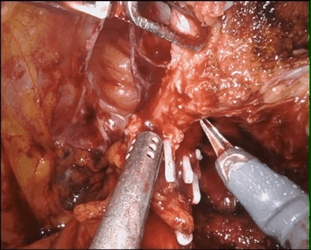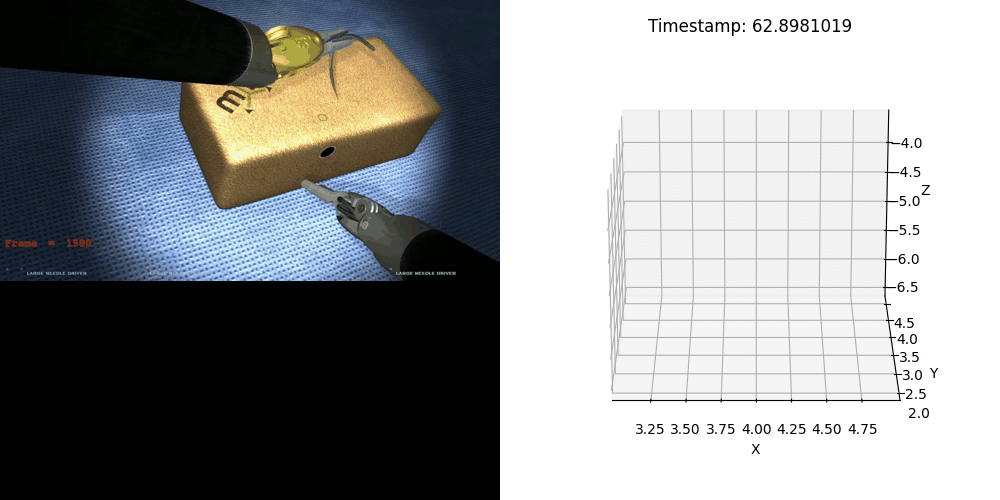#SurgicalAI
DEEP STITCH
In this project, we focus on automating the assessment of suturing skills during the robot-assisted radical prostatectomy (RARP) and virtual reality (VR) simulation through machine learning. Our goal is to determine how suturing skills relate to patient outcomes and whether ideal VR skills can link to optimal RARP outcomes.
Funded by the National Cancer Institute under Award Number R01 CA241758
DEEP DISSECT
The over-arching goal of our proposal is to assess nerve-sparing (NS) surgical performance, the principal modifiable determinant of erectile function (EF) outcome after robot-assisted radical prostatectomy (RARP). The correlation of NS skills and EF outcome serve as a test case; that we can quantify NS surgical performance to predict a surgical outcome. We will combine expert consensus-driven assessment (Aim 1) and automated assessment (Aim 2) to observe and define the optimal surgical practice for the preservation of EF. Finally, we will design Virtual Reality exercises for NS skill with tailored formative feedback validated on real RARP EF outcomes (Aim 3).
Co-PI: Jim Hu, MD :: Funded by the National Cancer Institute under Award Number R01 CA259173
SURGICAL GESTURES
Surgical gestures, defined as the smallest meaningful interaction of a surgical instrument with human tissue, are a novel approach to deconstruct surgery. After the development and validation of a classification system for dissection gestures, we move on to link gestures to surgeon technical skills and patient outcomes. We believe surgical gestures can benefit surgical education in the long run by showing that combinations of gestures may ideally accomplish specific surgical tasks.
FEEDBACK
Live surgical feedback in the operating room is essential to the training process. We are decoding these teaching interactions between surgeons with the goal of optimizing intraoperative surgical education.
Funding sources
National Cancer Institute under Award Number R01 CA241758 and R01 CA259173
National Institute Of Biomedical Imaging And Bioengineering of the National Institutes of Health under Award Number K23EB026493
Intuitive Surgical Clinical Research Grant (2017-2022)

















